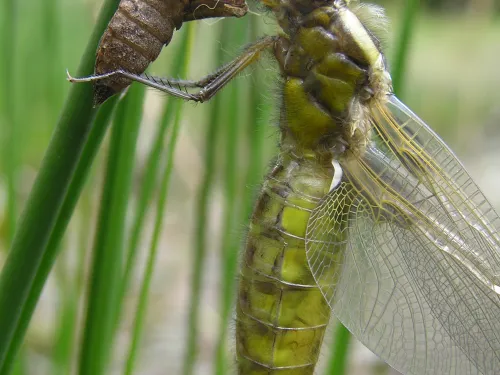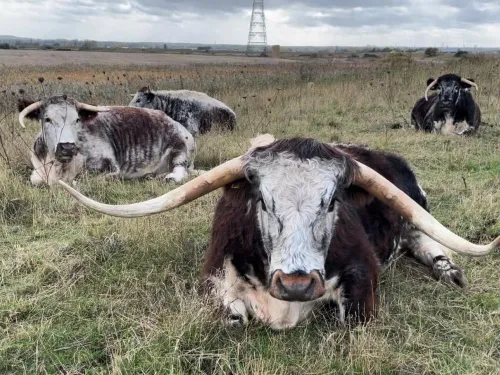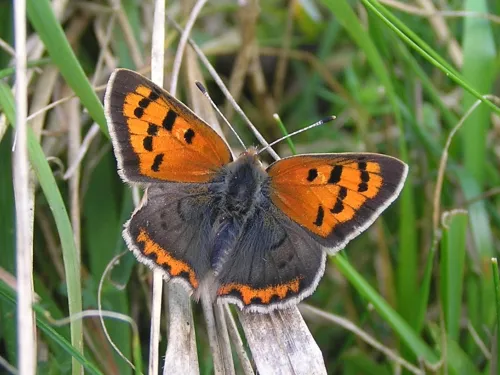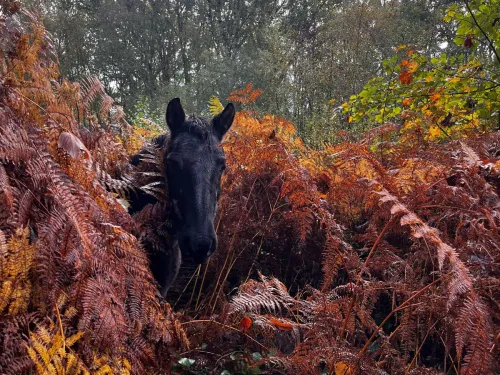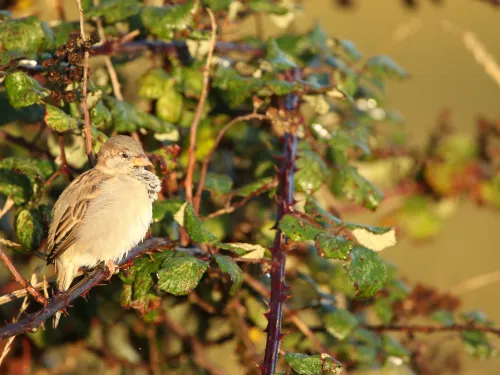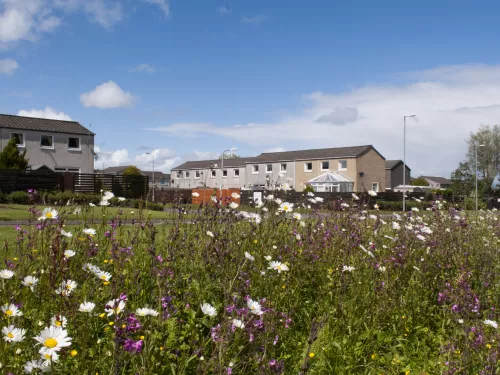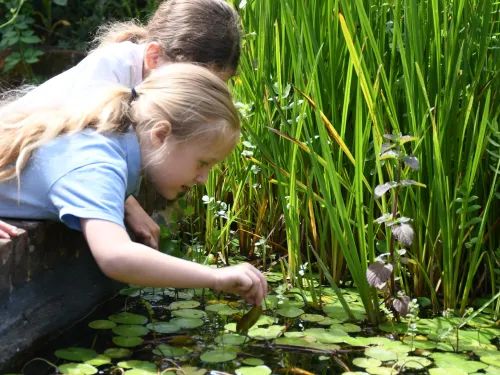
Inspiring the next generation through our Education Programme
At Kent Wildlife Trust, we are working hard to create a Wilder Kent, but this isn’t something we can do alone. That’s why Goal 2 of our Wilder Kent 2030 strategy is to Inspire and Collaborate: working with people and communities across Kent to take meaningful action for nature, now and in the future. Our education work lies at the very heart of this goal.

